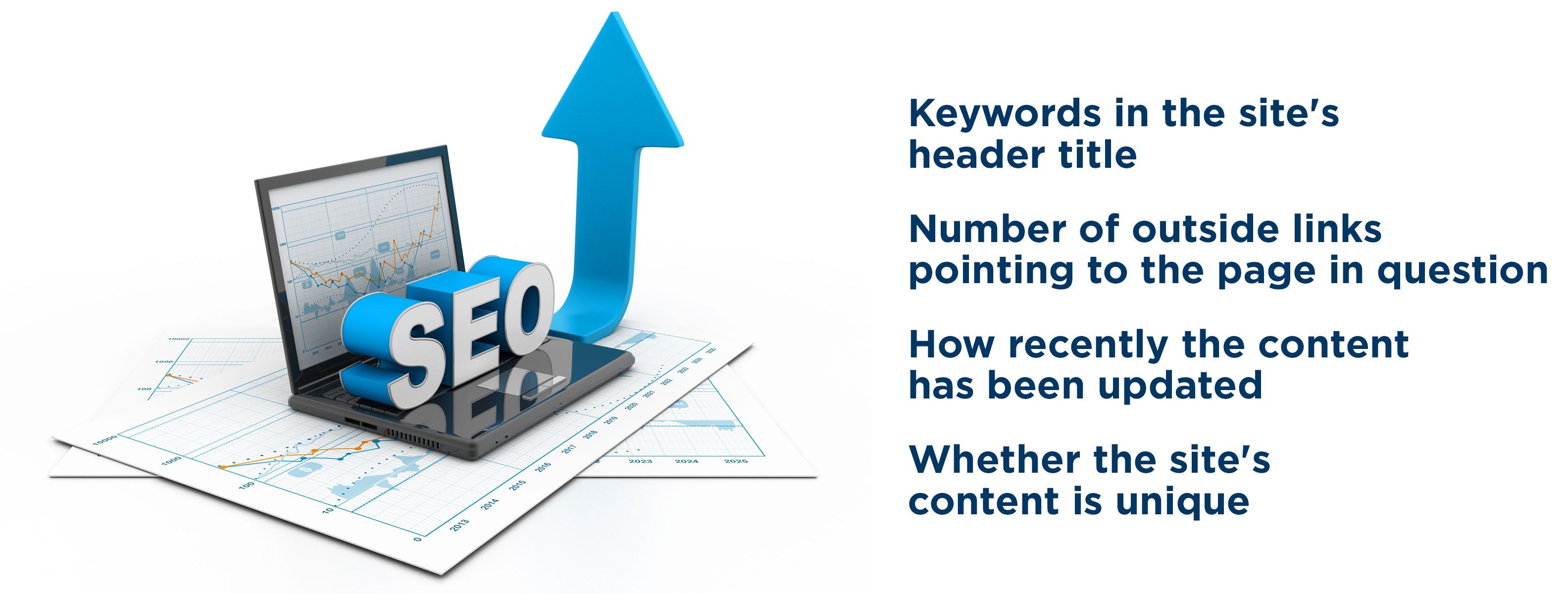 Inbound marketing is a well-known lead generator for B2B and B2C companies alike. In both cases, the combination of website optimization, quality content, and social media leverage gets customers excited about products and services they would not otherwise know about.
Inbound marketing is a well-known lead generator for B2B and B2C companies alike. In both cases, the combination of website optimization, quality content, and social media leverage gets customers excited about products and services they would not otherwise know about.
What marketers seeking to establish a powerful online presence and brand awareness for themselves don't often take into consideration is the effect that inbound marketing has on brand awareness. The three elements that make up successful inbound strategies are well-suited to improving brand awareness.
These three elements are:

- High quality content
- Search engine optimization
- Social media activity
How Inbound Synergies Work – The Customer's Perspective
All three of these elements work together to produce brand awareness – and each is equally important. From the customer's point of view, being established in all three of these areas gives your brand authority over other, less active ones.
A customer seeking to solve a problem may type a question into Google, relying on the answer given by the best-optimized website – as that site will be the first to pop up for the keyword that addresses the customer's question. At that point, the website will need to actually address the question meaningfully, which is the hallmark of excellent content.
Social media comes into play when a customer isn't necessarily trying to solve a problem. In fact, the customer may not even know there is a problem at all – social media gives brands a platform from which you can draw in people who may never have otherwise come into contact with your brand.
Search engine optimization and social media are what bring customers onto your website. Great content is what makes them stay.
How to Make Great Content
Most brands consider the blog their content platform of choice. Nevertheless, there are ways to generate excellent content outside of the written word. These include:

- Podcasts
- YouTube videos
- Infographics
- Tutorials
According to Edison Research, podcasts are growing in popularity. Listenership grew by 23% between 2015 and 2016, and signs point to increased growth. YouTube is also a very powerful content marketing tool. Animoto points out that consumers are four times more likely to learn about a product via video than by reading about it.

Once you know what platform you wish to focus on, you need only identify your target audience and find ways to educate them on the topics they care about. These topics need not necessarily be directly related to your product or service – they need only be related to the needs and wants of your consumers.
Search Engine Optimization Made Simple
The more you make your website the main virtual hub of your brand's online activity, the greater importance search engine algorithms will place on it. This is the basic premise of search engine optimization – high quality websites enjoy better rankings than incomplete, rush-job websites with little to offer visitors.
To determine which websites are high quality, search engines look at a huge number of factors. Some of the most important include: 
- Keywords in the site's header title
- Number of outside links pointing to the page in question
- How recently the content has been updated
- Whether the site's content is unique
These factors can have both positive and negative effects on your website's ranking. Duplicate content, for instance, is to be avoided at all costs – even for online retail stores selling multiple versions of the same product. Search engines don't know if two products are virtually the same, so they will assume you are just trying to avoid putting in the work necessary to describe them both in a unique way.
When you rank well for your industry's most relevant keywords, people become aware of your brand whenever they see your name in search results – even if they don't click on the link.
Social Media Brings New Leads In
You now know that excellent content will produce value for your target audience, and that a fully optimized website will attract people looking for your product or service. Social media fills in the rest of your brand awareness strategy.
Knowing that you have helpful, well-made content on your website, you can now focus on spreading the message as far as possible. Social media offers the most effective means of doing this by far – if your content is useful to one person, it may be equally useful to that person's friends, colleagues, or family members. All they need to do is share it.
Simply asking them to share your content won't do the trick. You must use social media to develop the story your content tells.
Once you begin regularly creating compelling content and distributing it through a website that ranks well, people will begin passing your message on. Combine inbound marketing synergies to put your brand's product or service in the limelight and generate awareness for it.




 United States
United States
